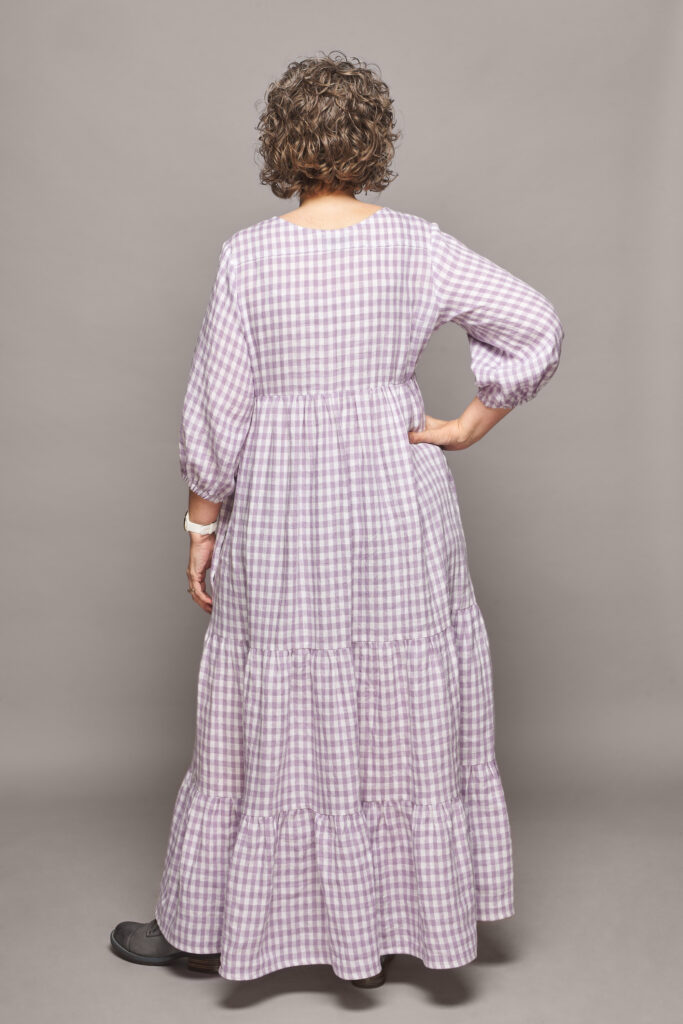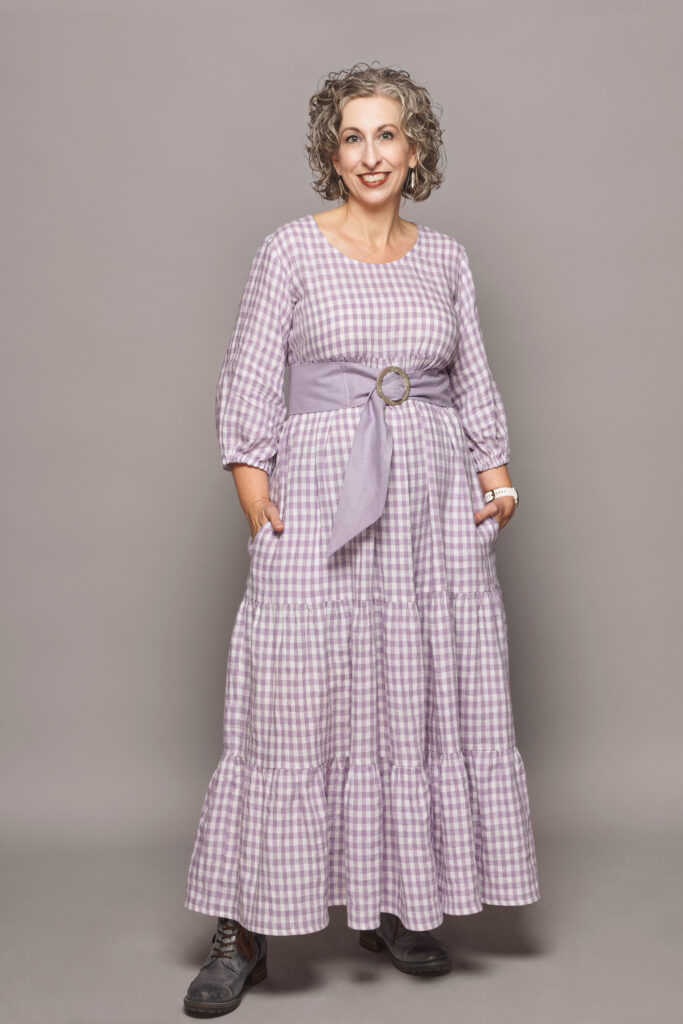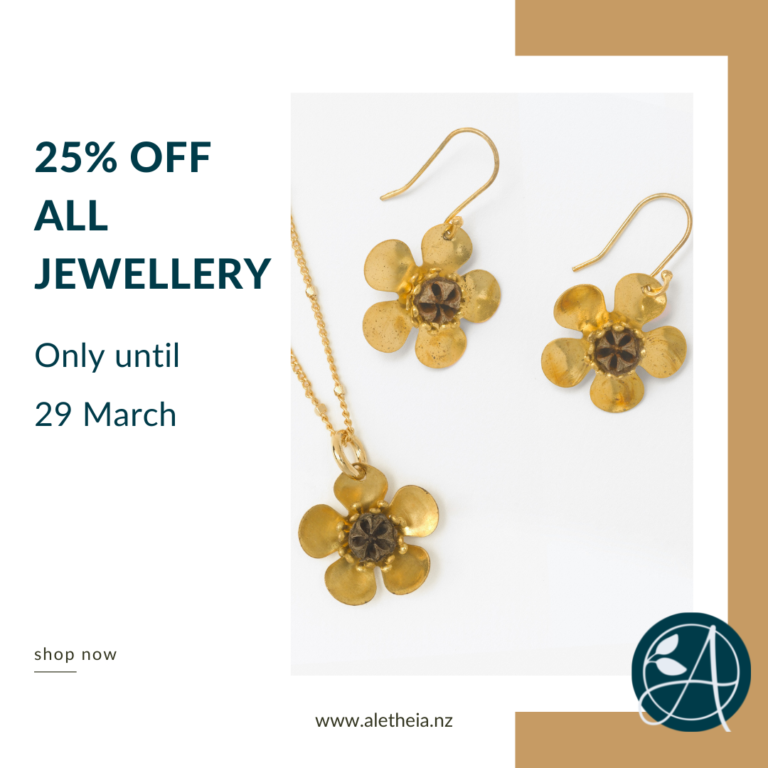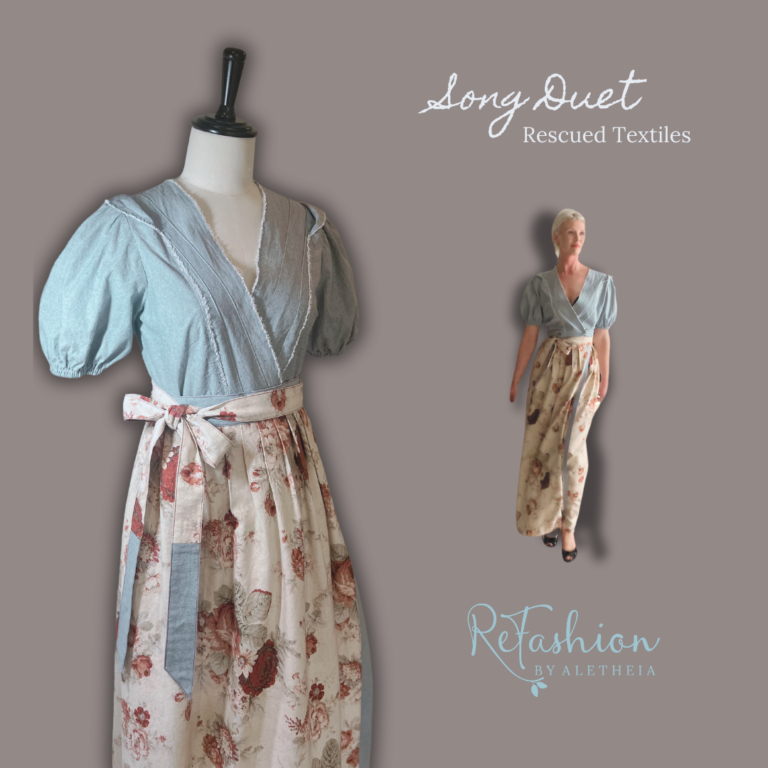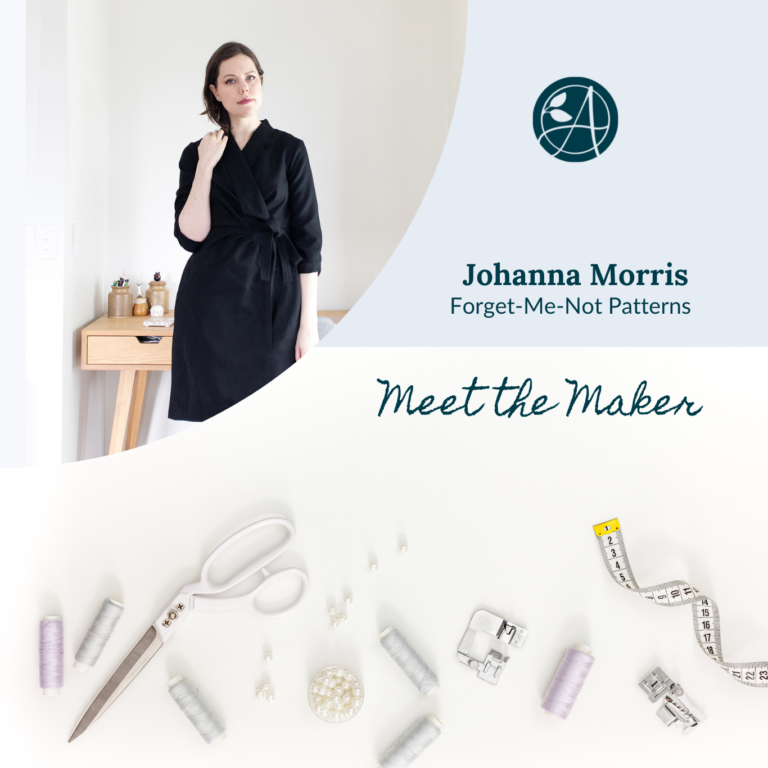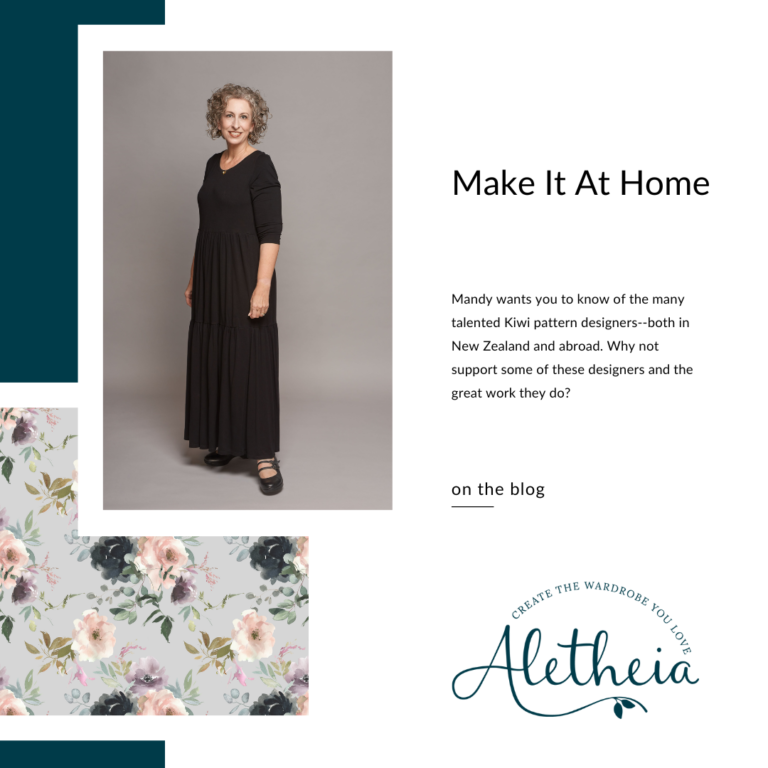What’s in a Dress?
I understand why people opt for less expensive options. Let’s be real. Shopping ethically can be hard on the pocketbook. And though clothing is a necessity, we really don’t NEED more clothing. However, what we could begin is to change our habits to wearing only a few garments of better quality that are well-fitting so that we can wear them for many years–quality pieces that we truly love.
That’s the aim at Aletheia Apparel–creating clothing that genuinely fits, that can be worn for many years, and that is truly loved. Because of this, I thought it might be helpful to show you a bit about what goes into an Aletheia Apparel garment. In an attempt to be transparent, I will show you my Alex Dress make.
The Alex Dress Breakdown*
*Does not include labour and cost of Megan Hat for purchases.
Although I made the Alex Dress for myself in the pictures above, this same process is done for every garment sold through Aletheia Apparel.
So the next time you see a really cheap dress, you might ask yourself before purchasing:
- Is this affordable because someone else is having to suffer for it (ie. poor working conditions?)
- Did all those working to produce this receive a liveable wage?
- Will this last for several years?
- If not, could I save a little more to get something a bit better?
This is the basis of sustainable fashion:
Sustainable fashion is a way in which brands create clothing that not only reduces the impact on the environment but is also mindful of the people who work to produce the garments. Put simply, it is fashion that is ethically made and environmentally friendly.
from “What Is Sustainable Fashion and Why Is It Important“
Alex Dress
About fabric quality:
Aletheia Apparel strives to use only high quality fabrics believing that durability and longevity is part of sustainability. Utilising suppliers that have accreditations of OEKO-Tex Standard 100 for their fabrics is of utmost importance.
About linens:
Excluding the exclusive floral print linens, all other linens are a European Flax of middle or heavyweight. The varying weights are best suited for particular garments and selected accordingly for a result that will be both aesthetically and functionally pleasing.
About haberdashery:
Lots of details go into one garment–whether its multiple cones of threads for the various machines to construct a dress or the assorted labels needed for specific garment placements.
About the duration of time:
From start to finish, a garment takes many hours of planning, work, and care! Because each garment is made-to-measure, each dress needs to be individually drafted, cut, sewn, and created with diligence in every detail. The streamlining and time-saving processes available in factories are not applied in the production of Aletheia Apparel garments due to the one-off nature of the Aletheia process.


